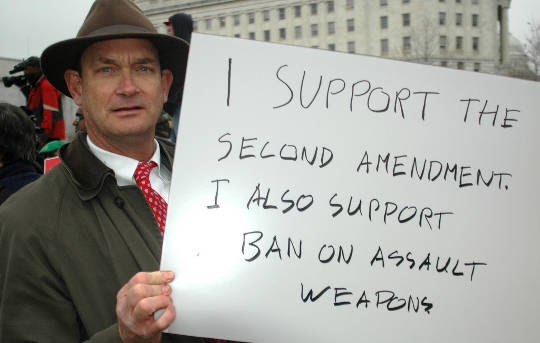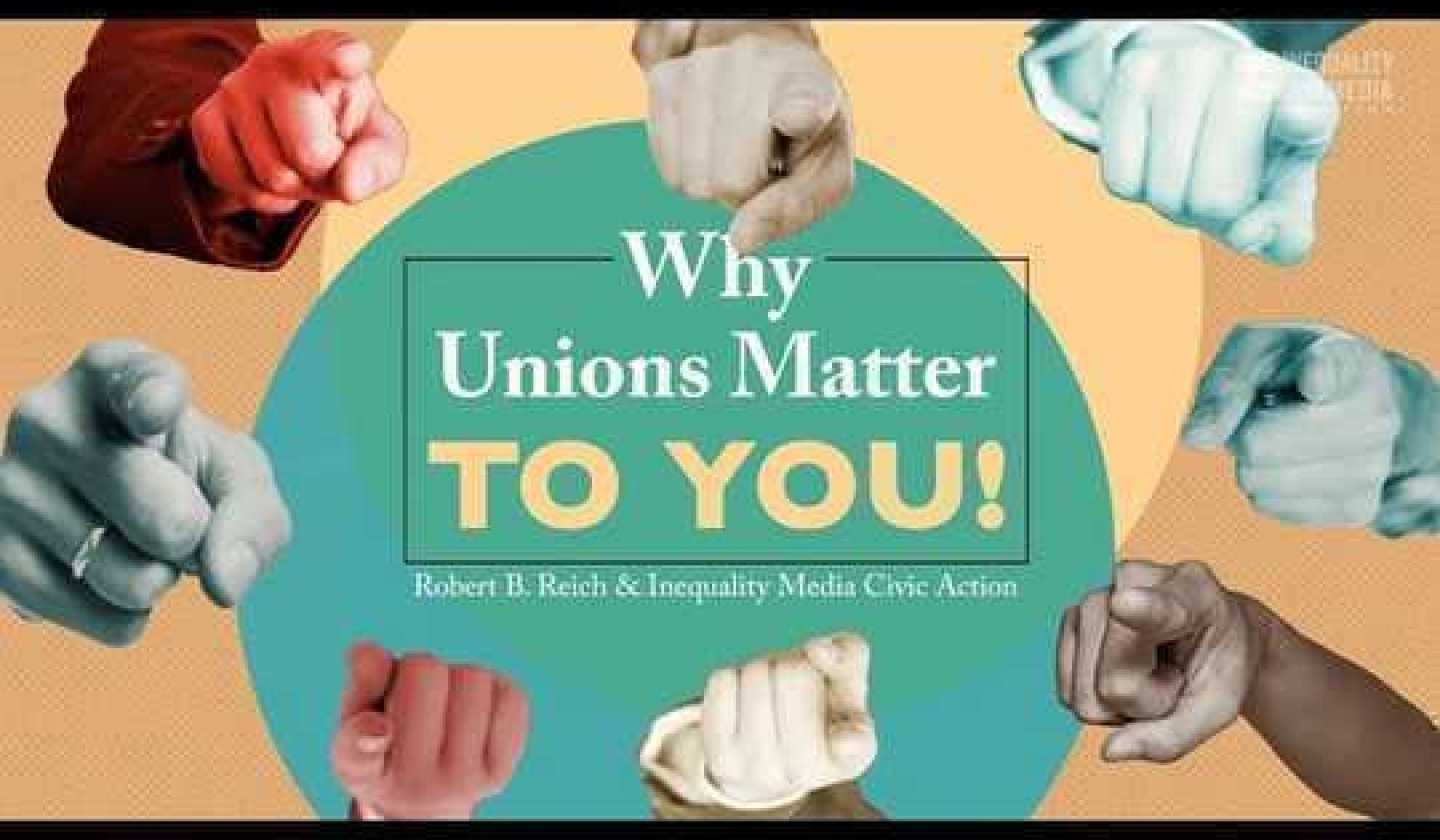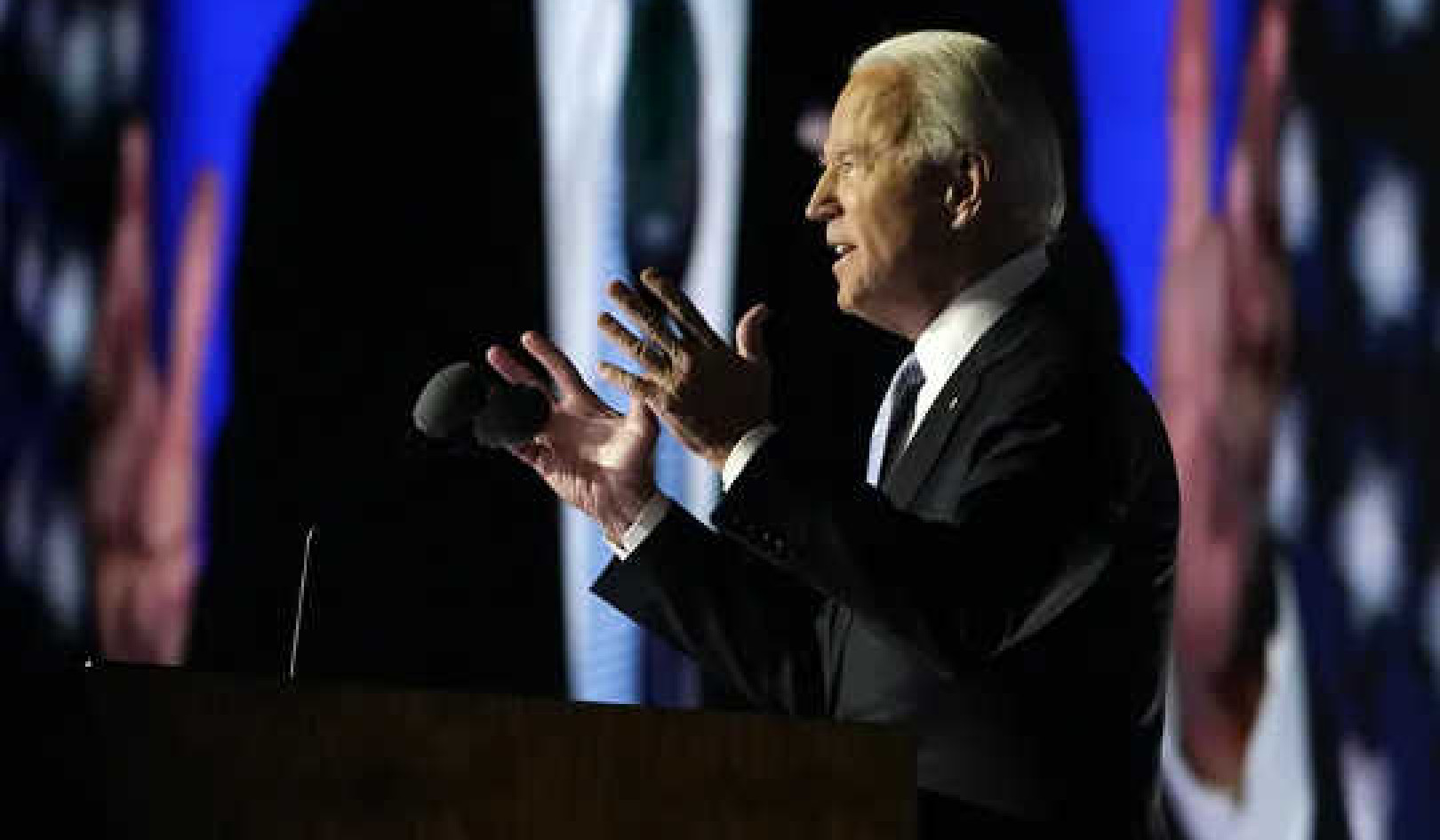
Photo credit: Edward Kimmel (CC BY-SA 2.0)
In the immediate aftermath of the October 2 Las Vegas massacre – the US’s 273rd mass shooting in 2017 alone – it seems neither President Donald Trump nor his Republican colleagues will entertain a review of current gun legislation in America.
As is the norm at times like this, both sides of the gun control argument will simply trot out their usual pleas. As they did after the Sandy Hook massacre of elementary school children, gun control advocates will claim this new event is surely the tipping point required to finally get a sensible gun policy in place.
Gun ownership advocates, meanwhile, argue that these events are the work of unstable “lone wolves” who simply spin out of control. They will point to reports that Paddock used a device to convert his legal semi-automatic rifle into a fully automatic rifle as evidence that laws controlling ownership do not work, nor prevent people from killing each other. As disgraced former Fox News commentator Bill O’Reilly said in the aftermath of the attack, many consider this massacre and events like it to be the “price of freedom” in America.
But beyond the gun control debate, something deeper is at work here. I’d argue that between this tragedy, the O'Reilly comment, and several other events in the last few months, the contradictions among the many freedoms to which Americans lay claim are coming into sharp relief. As this highly polarised country enters a seemingly unresolvable moment of crisis, the conflict of rights is not new, but some of the deepest divisions of American society are suddenly on full display.
Speech and silence
The First Amendment to the US Constitution protects freedom of speech, a protection that some might argue the US has interpreted very liberally, even to include what many call hate speech.
Elements within the liberal left argue for tighter limits on the grounds that some forms of speech may make people feel uncomfortable. Some even take steps to enforce such limits themselves: they campaign to have speakers banned from university campuses, and some free speech events are even being forcibly shut down by the so-called Antifa – leading to cries from the conservative right that political correctness has run amok and that the liberal left is intolerant.
Many on the conservative right also argue for limits to free speech, but on the grounds that some forms of speech may desecrate national symbols such as the American flag or show disrespect for those who paid the ultimate price for American freedom. The “take a knee” controversy in the NFL is akin to the famous flag-burning case, where an act of civil disobedience to protest injustice in the US is considered unpatriotic.
President Obama’s reaction to this controversy last year was to show disdain for the act itself, but to understand that upholding the right to protest in this way underpins the very freedom for which the flag stands. Trump, on the other hand, has argued that the NFL teams should fire players for showing such disrespect.
Life and liberty
Then there’s the second amendment, which protects an individual’s right to bear arms. According to the gun lobby’s generous interpretation, this means that there should be no restrictions on the ability for individuals to acquire weapons, the firepower of those weapons, the amount of ammunition that can be purchased, and if new legislation is passed in Congress, the use of silencers. Any attempt to limit access is framed as an attempt to confiscate guns.
The liberal left, by contrast, sees unfettered access to guns as a threat to public safety and point to countless examples that show the benefits of gun control (the UK’s response to the Dunblane massacre, say, or Australia’s gun amnesties) as evidence that such measures reduce gun-related deaths. For many, it’s analogous to road safety legislation: seat belt laws, air bags, and reduced speed limits have all helped curb road fatalities.
Lastly, there’s the 1973 Supreme Court decision Roe v Wade, which upheld a woman’s right to have an abortion on the basis of the right to privacy found in the US Constitution’s fifth amendment. The liberal left argues that abortion rights are about a woman’s right to choose to have a baby or not – that is, to have control over her own body.
The conservative right, meanwhile, argues that the right to life as set out in the fifth amendment and 14th amendment, in which no state “shall deprive any person the right to life”, is more sacrosanct than privacy or individual choice, and that it extends to the life of a gestating foetus.
Never compromise
On all these fronts, the opposing arguments start from incommensurate positions. As long as both sides come at the debate from those positions, they will rarely if ever agree or reach a compromise. And that sets the US up for years and decades of rancour, deadlock and mutual antipathy.
Arguments over the boundaries of free speech will continue unabated, vilifying civil disobedience and limiting legitimate speech across a wide range of events. The sanctity of guns and the second amendment mean that little to no progress can be expected on gun control, even in the face of the deadliest mass killing in recent memory. Many conservative-controlled states, acting under residual powers accorded to them under the US Constitution, will continue to chip away at abortion access using a wide range of restrictions.
![]() There is little on the horizon to suggest how America can find its way through these paradoxes and contradictions. All the while, the level of public discourse, beset by the problems of social media, alternative news outlets, and a cacophony of yelling voices, is descending to a point well below the threshold of reason.
There is little on the horizon to suggest how America can find its way through these paradoxes and contradictions. All the while, the level of public discourse, beset by the problems of social media, alternative news outlets, and a cacophony of yelling voices, is descending to a point well below the threshold of reason.
About The Author
Todd Landman, Professor of Political Science, Pro Vice Chancellor of the Social Sciences, University of Nottingham
This article was originally published on The Conversation. Read the original article.
Books by this Author:
at InnerSelf Market and Amazon






















